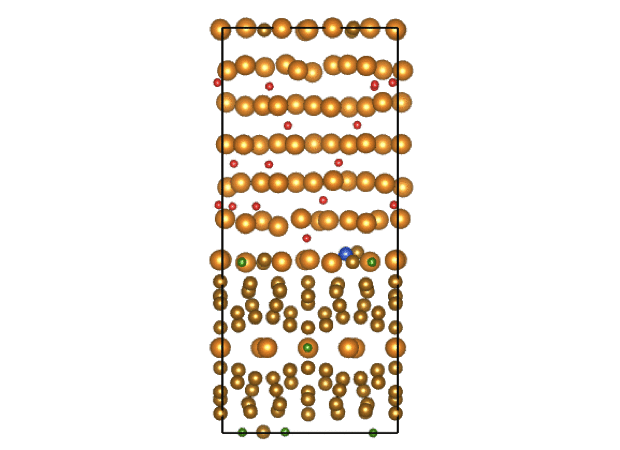 |
Japanese |
Tsuneyuki Research Group |
Research
"First-principles approach to grain-boundary structures in Nd magnets"
First-principles approach to grain-boundary structures in Nd magnets Nd-Fe-B magnets known as the strongest magnets have been discovered by Dr. Masato Sagawa and been used many kinds of applications. However, the value of the coercivity is only 20% of the estimated theoretical values and the temperature instability of the coercivity is an urgent problem. Recent experiments have discovered some kinds of sub phases surrounding the Nd2Fe14B (the main phase of Nd magnet), such as dhcp-Nd, Nd oxides, Nd-Fe-Cu alloy, etc. (the sub phases), and the understanding of interface structures and these magnetic properties might be significant in order to clarify the mechanism for improving its coercivity.
We are using high-performance supercomputers such as the K-computer to analyze the above systems which include hundreds or thousands atoms. Several experimental studies reported that the small amount of Cu might be the key to improve the coercivity. To understand the role of Cu in Nd-Fe-B magnets, we studied Cu doped Nd2Fe14/NdOx systems (see figure) from first-principles. From our analysis, Cu weakens the magnetic interaction between Fe and Nd at the interface. This improves the magnetic anisotropy of Nd which is directly related to the coercivity of Nd-Fe-B magnets. We are keeping on analyzing the other grain boundary model structures for the better understanding of the mechanism of the coercivity in Nd-Fe-B magnets.

